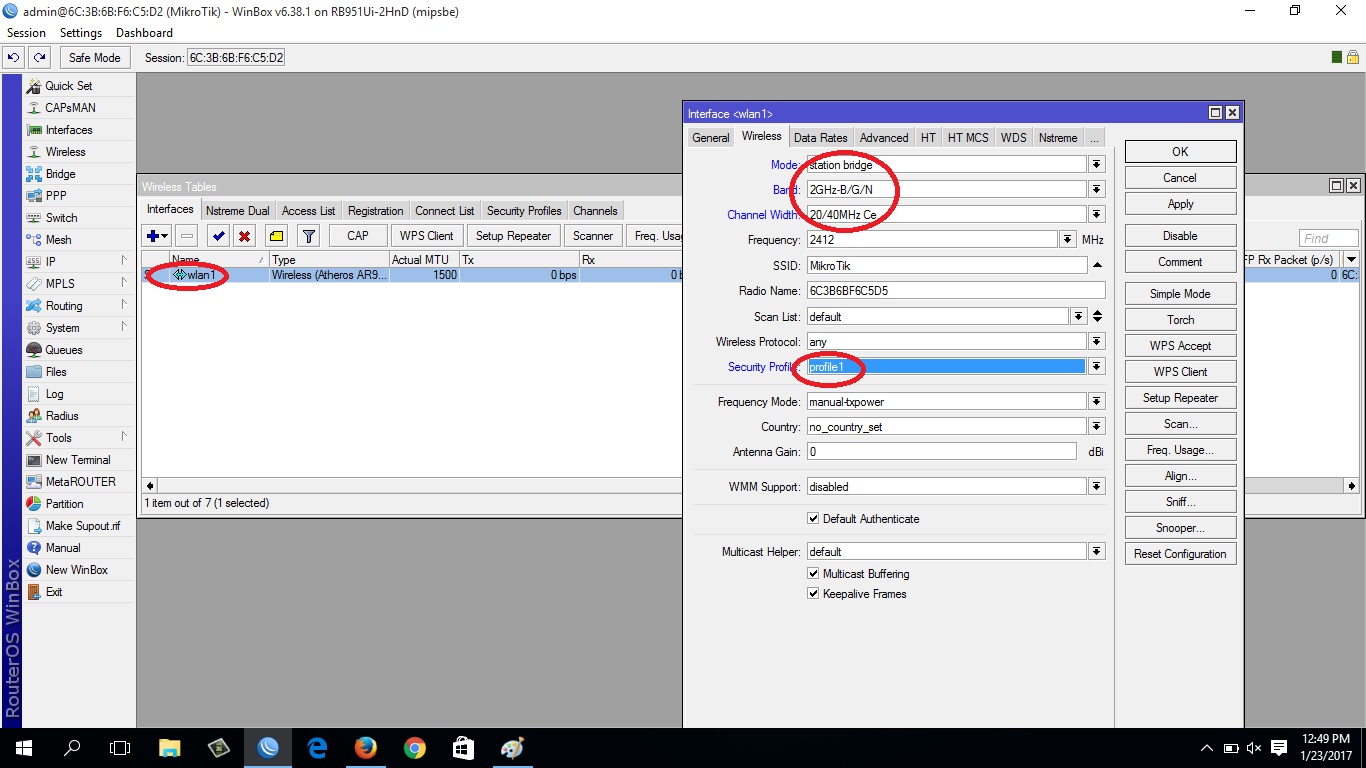

- MULTICAST PACKAGE MIKROTIK FULL
- MULTICAST PACKAGE MIKROTIK ANDROID
- MULTICAST PACKAGE MIKROTIK SOFTWARE
- MULTICAST PACKAGE MIKROTIK ZIP
I have tried /interface wireless> set 1 multicast-helper="full" Hide-ssid=no security-profile=default compression=no Wds-default-bridge=none wds-ignore-ssid=no bridge-mode=enabled default-authentication=yes default-forwarding=yes default-ap-tx-limit=0 default-client-tx-limit=0
MULTICAST PACKAGE MIKROTIK SOFTWARE
It's a shame MikroTik doesn't have that mdns-relay functionality built in as it would make the whole setup a lot easier.īelow links to the mdns relay software git repos (you only need one so you have a choice):ġ R name="wlan1 2Mhz" mtu=1500 l2mtu=1600 mac-address=B8:69:F4:2C:E2:61 arp=enabled interface-type=Atheros AR9300 mode=ap-bridge ssid="WPgarden" frequency=autoīand=2ghz-b/g/n channel-width=20/40mhz-Ce secondary-channel="" scan-list=default wireless-protocol=802.11 vlan-mode=no-tag vlan-id=1 wds-mode=disabled Only enabling mdns relay between the vlans make the groups appear fully when I'm in the main vlan and obviously casting to them works perfectly. There can be some, what I call "shadows" of the groups shortly after I switch between WiFis but they will disapear and are generally unreliable.
MULTICAST PACKAGE MIKROTIK ANDROID
So without that mdns relay I can cast to individual devices with no problem but groups created in the Google Home app don't appear as casting targets nor they appear at all in the Home app when my Android phone is connected to the Main VLAN/WiFi.
MULTICAST PACKAGE MIKROTIK FULL
But the main vlan has FULL access to IoT vlan. Only full internet access is allowed through the ROS firewall to the IoT vlan. And I have no traffic allowed from IoT vlan to the main vlan. Somehow google discoveres them automagically. It just works without needing anything special. Now bear in mind that my phone being in the main vlan doesn't really need anything special to discover all my google devices. Where eth0 is my main vlan and eth0.9 is vlan id 9 for IoT devices. Pretty neat stuff.Ĭode: Select all udp-broadcast-relay-redux -id 1 -port 5353 -dev eth0 -dev eth0.9 -multicast 224.0.0.251 -s 1.1.1.1 -f This lets you keep your AppleTV's on a wired, segregated network while allowing conference room guests to AirPlay to the ATV in that specific conference room. I settled for setting up a trunk port on my CRS and attaching a Raspberry Pi with an interface for every VLAN running avahi.Ĭisco and Aruba have some very interesting mDNS routing capabilities where they can selectively allow mDNS services to work between subnets based on physical location (associated WAP). I think an mDNS reflector might be an interesting feature to have if for no other reason than to help people avoid building these ungodly bridged network monstrosities just for IOT support. (See the Linux/ avahi portion of this link for an example) I think the most available solution for ROS users at the moment is to launch a Metarouter with avahi installed on it and configured as a reflector. Perhaps some interesting nat/mangle gymnastics are possible. Well, I did a bit of reading and see where the problem is (mDNS using link-local-only multicast group) so obviously routing won't fix the issue. Obviously this doesn't cause the Mikrotik to participate in mDNS, but if you want multicast routing, it is available. (switches w/o IGMP snooping just treat multicast as broadcast, so it works, but can bog down a network with unwanted bandwidth) NOTE that this is ROUTING, and not the much-demanded-by-users / much-poo-pooed-by-Mikrotik feature known as IGMP snooping, which is the piece of the multicasting pie that filters multicast traffic off of switch ports which aren't subscribed to it. This is how you enable multicast routing. You should see both IGMP Proxy and PIM configurations in the /routing menu. Reboot and the package should be available.
MULTICAST PACKAGE MIKROTIK ZIP
If not, then you'll need to download the "extra packages" ZIP for your current model and version of ROS, and copy the multicast package onto the Mikrotik's file system (just drag and drop it using Winbox, for example). It's just not in an obvious location / possibly disabled by default in your router.Ĭheck /system packages and make sure that multicast is installed and enabled. I'm not sure about the IOT stuff (personally shy away from such - they're usually great-big-grand-canyon-sized security flaws that are often the subject of blackhat talks at DefCon, etc) but I can say that Mikrotik DOES support multicast routing.


 0 kommentar(er)
0 kommentar(er)
